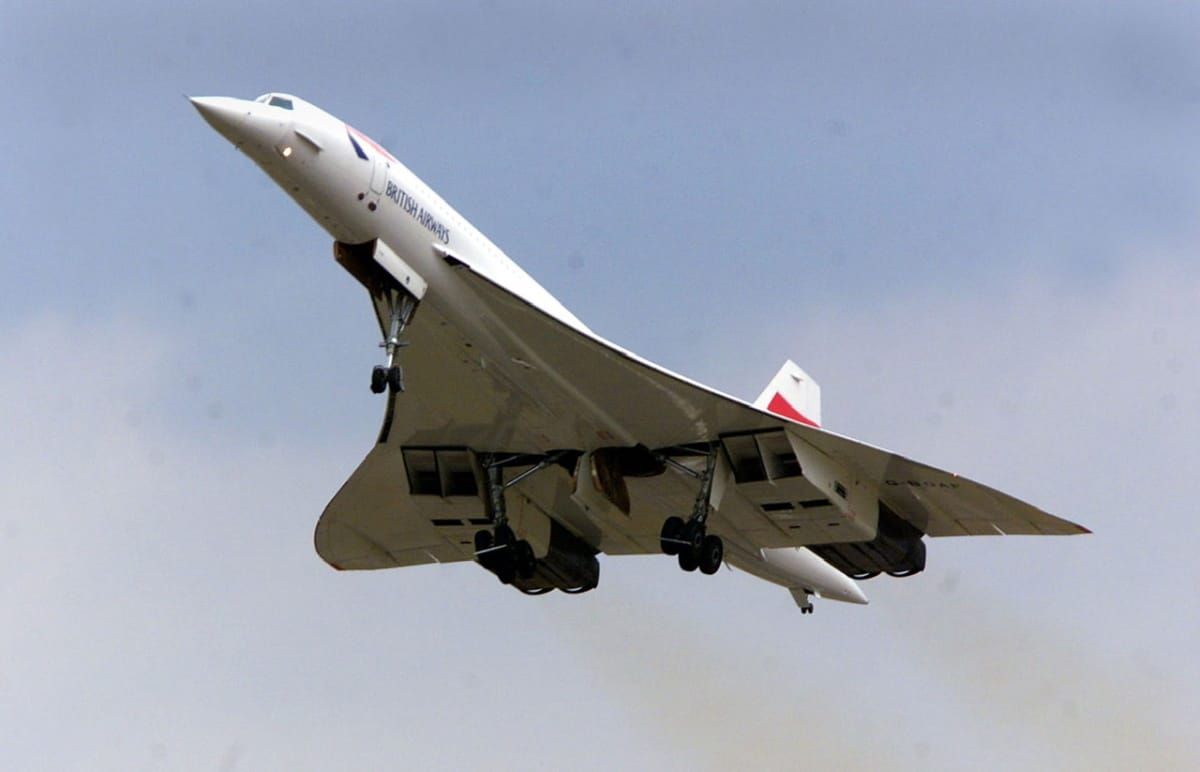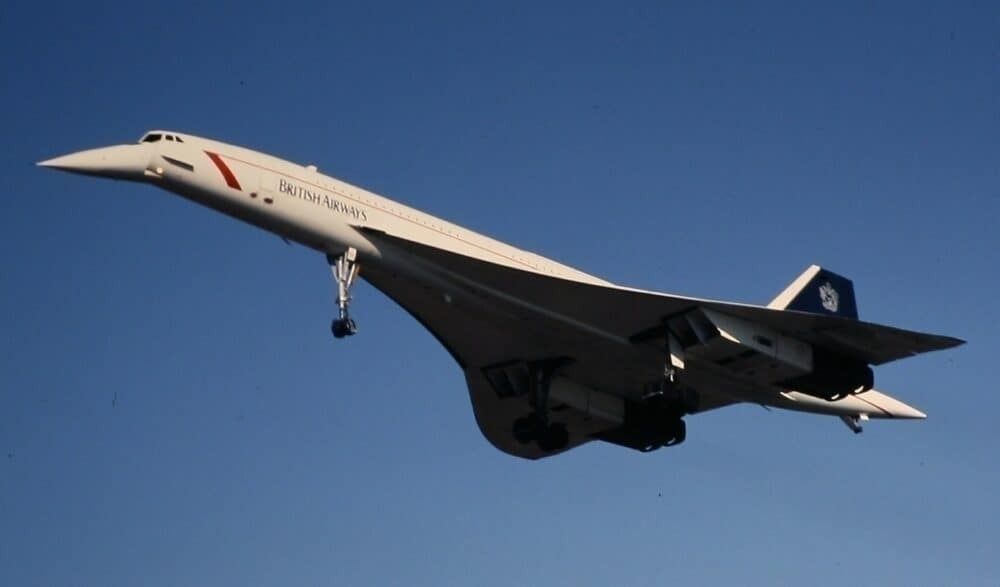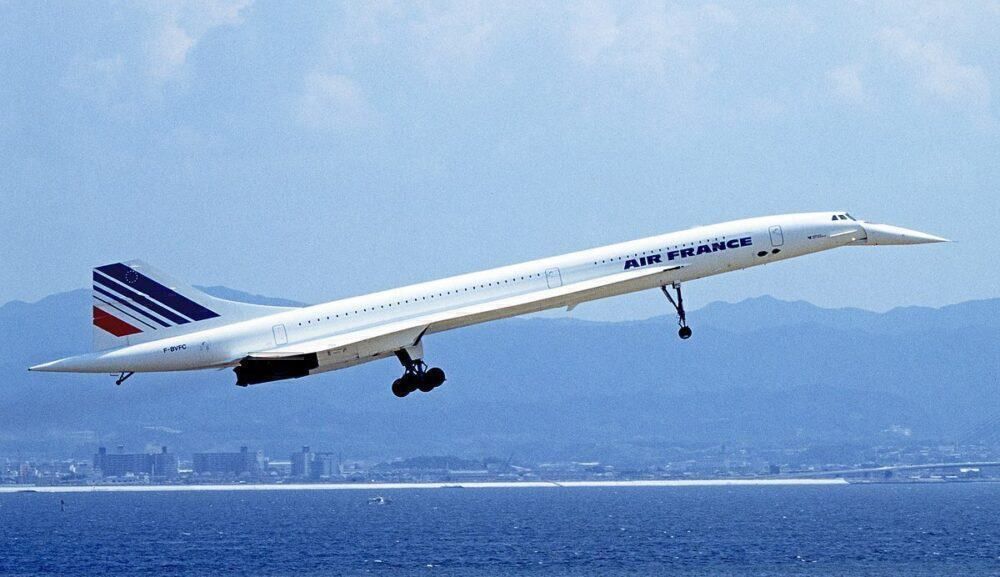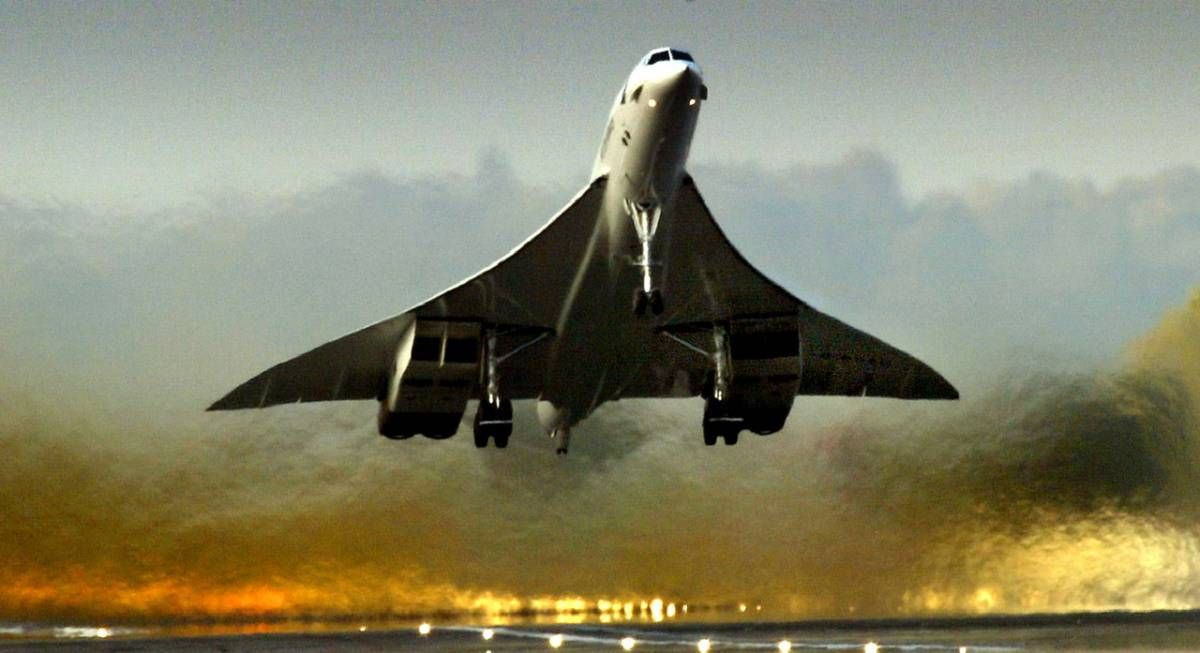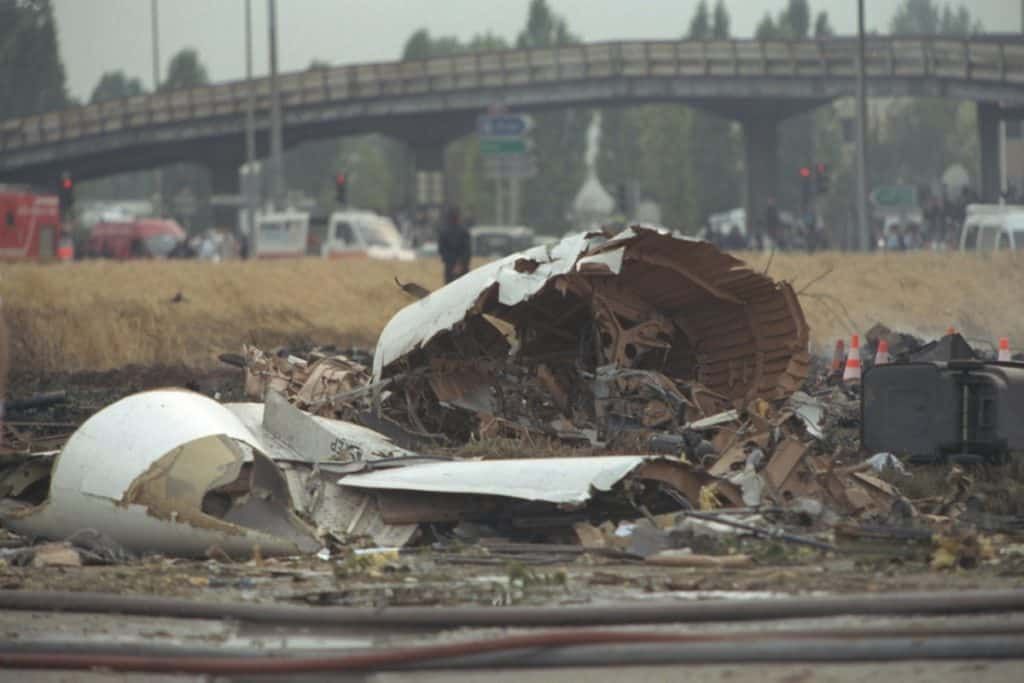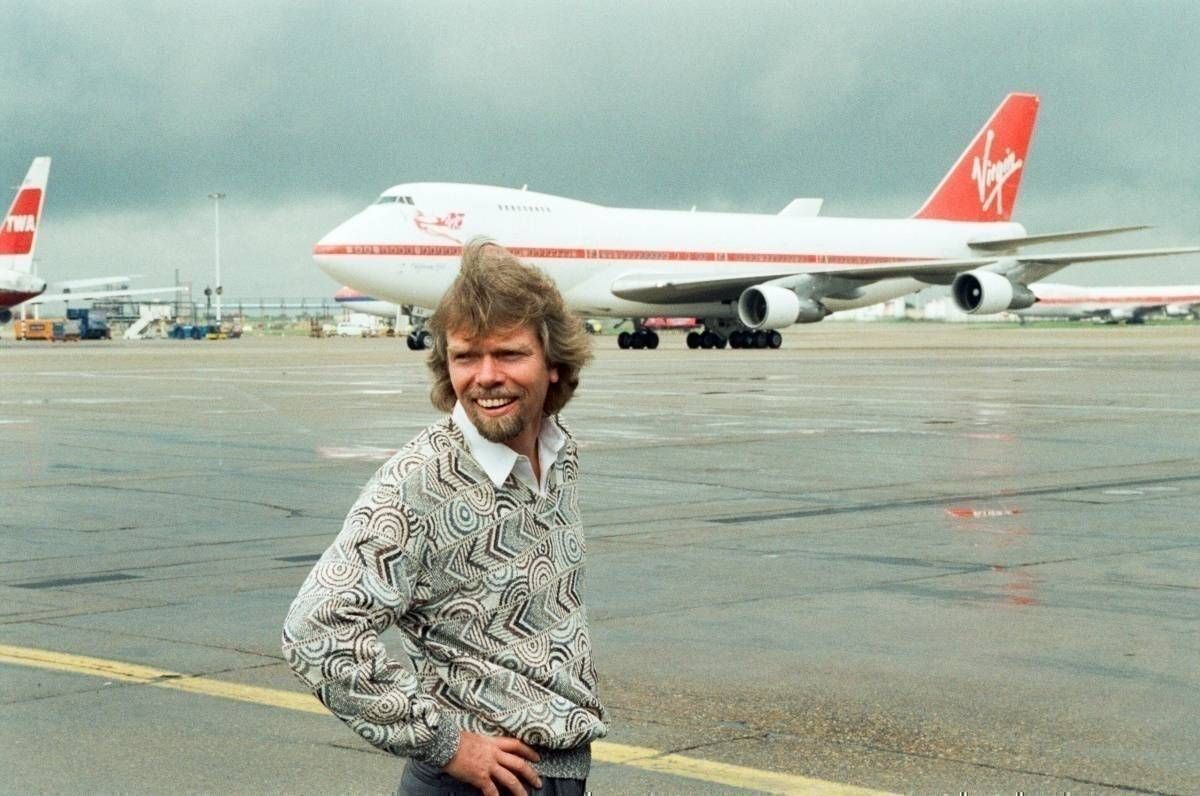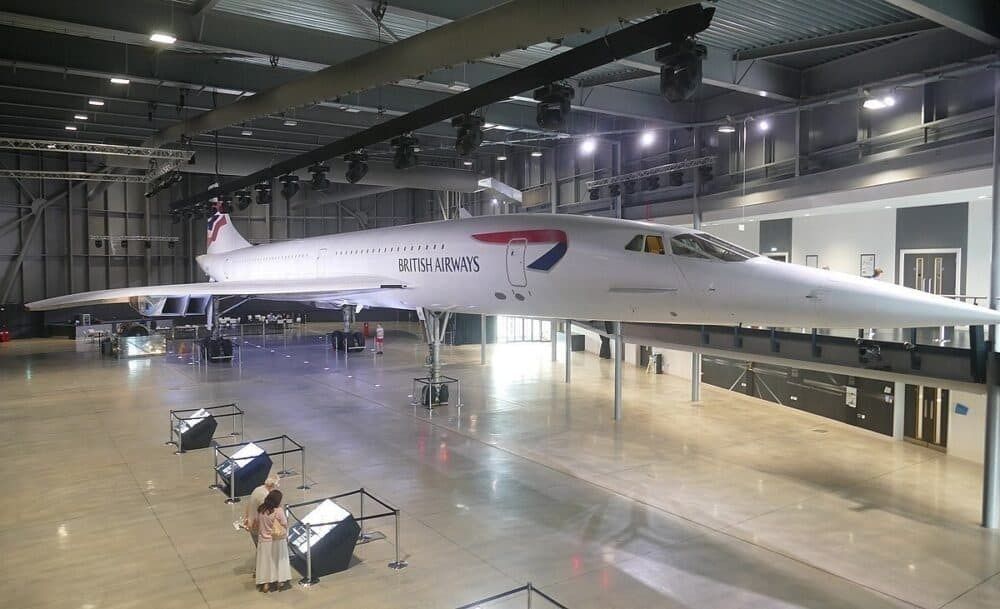Did you know that, at one point in time, British Airways was able to acquire some of its Concorde for £1 each? Back in 1984, the airline purchased the aircraft program from the UK government and went on to enjoy a brief period of profit before its demise. We take a look at what happened.
BA acquires Concorde in the worst negotiation ever
It's been over 50 years since the Concorde took its first flight. 17 years after its retirement, it is also no longer in use. But before its untimely demise, there was quite a bit of interest in keeping the aircraft alive.
Back in the 1980s, British Airways acquired the aircraft from the UK government. Under the Conservative leadership of Margaret Thatcher in 1984, British Airways bought some Concorde for £1. For such a pittance, it seems unthinkable that the government would want to sell, and yet, it happened. Of course, there's a lot more backstory to the deal than that.
In an interview with The Times, Lord Heseltine, who had been the negotiator for the Government as Minister of Development, said that the sale of the Concorde had been a bit of a blunder. He even went as far as to say that it was potentially one of the worst deals ever negotiated by a British minister.
So, why was the government willing to let British Airways acquire the aircraft for such a minimal fee?
A brief history on the Concorde
The idea of the Concorde as a supersonic jet started in around the 1950s. At that time, ideators were concerned with exactly how supersonic transport would work and what crucial elements would dictate its success. With an estimated budget of £70m ($86.8m), when the aircraft took its first flight, the project totaled some £1.3bn ($1.6bn). That figure today is something more like £7.67bn ($9.52bn).
In the end, there were only ever 20 Concorde produced, meaning that the individual cost for each aircraft was significant. Despite all the hard work on the plane and the project taking longer to complete than it should, the Concorde was received poorly by British media. One even went as far as to call the aircraft an economic disaster.
Concorde was only ever sold to Air France and British Airways. It worked in their strategies for the elite flyers who were willing to pay the premium prices to travel across the Atlantic faster than ever while they dined on caviar. Thanks to high ticket fares, the airlines could reap a profit on bookings. The same could not be said for the French and British governments who took on the Concorde's development costs.
The UK government backs out of Concorde
Due to rising oil prices augmenting the cost of flying the Concorde and the fact that the government had already made losses on the jet, the British government was adamant about distancing itself from the Concorde program. It was then that British Airways stepped in. It convinced the government to sell Concorde.
With skillful negotiating on BA's part and a lack of optimism from the Government, British Airways bought Concorde entirely in 1984 for £16.5 million. The deal saw BA receive all spare parts for the aircraft owned by the government and was released from a profit share scheme. So, where does the £1 come in?
As part of the deal, the government threw in two Concordes for BA to own for £1 each.
Concorde does not relaunch
After that, both Air France and British Airways enjoyed daily transatlantic flights to New York. Things seemed to be going well. However, a tragic accident when an Air France Concorde hit debris on take off in 2000, causing a fire and the death of all on board, destroyed a great deal of confidence in the aircraft.
Public interest waned, and both British Airways and Air France announced a dip in travel demand. In 2003, both airlines announced that they would retire the aircraft on the back of the crash, 9/11 affecting interest and Airbus scrapping part replacement for Concorde.
It seemed like a no-brainer to take the aircraft out of service but, at the time, one airline was not ready to see it go.
Virgin Atlantic shows its interest
When BA announced the retirement of its aircraft, Virgin Atlantic put in a proposal to purchase five Concordes. When the British government had signed over the aircraft to BA, it said that any other British airline should be able to buy the aircraft for the same fee. That meant Virgin Atlantic was entitled to receive each aircraft for £1.
Virgin's interest in the aircraft particularly moved one young enthusiast who said he would chip in. With leftover pocket money, Eric Fitchett said he would buy a Concorde that Virgin Atlantic could keep, and he would clean. While this show of generosity certainly struck an emotional cord, BA was not happy with Virgin Atlantic's over.
Though it revised its offer and said it would pay £5m for each Concorde, Virgin Atlantic was still unsuccessful. As a result, it never owned the Concorde.
BA bids farewell to Concorde
On 24th October 2003, British Airways retired its Concorde. Seventeen of the 20 Concorde aircraft ever built can be seen in museums and viewing galleries across the world.
Three of those aircraft are stored in the US. Their registrations are:
- G-BOAG in Seattle
- G-BOAD at the Intrepid Air and Space Museum
- F-BVFA in New York
One aircraft, B-VFB, is stored in Sinsheim in Germany. Six are on show in France and seven in different parts of the UK.
Though it's been a while since we've seen anything like the Concorde in our skies, there have been talks of bringing supersonic travel back. Before the pandemic, some had projected the mid-2020s to be the time for the return of the technology. Now, that seems less likely.
Do you want the supersonic jet to return? Share your thoughts on Concorde in the comments.

